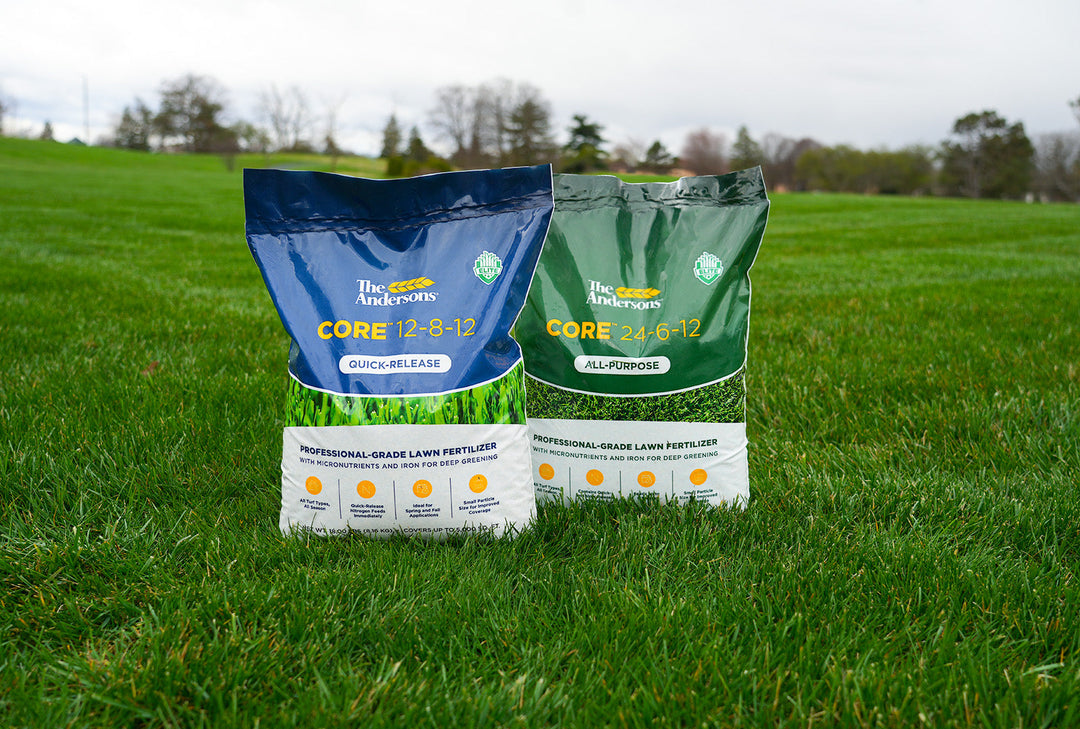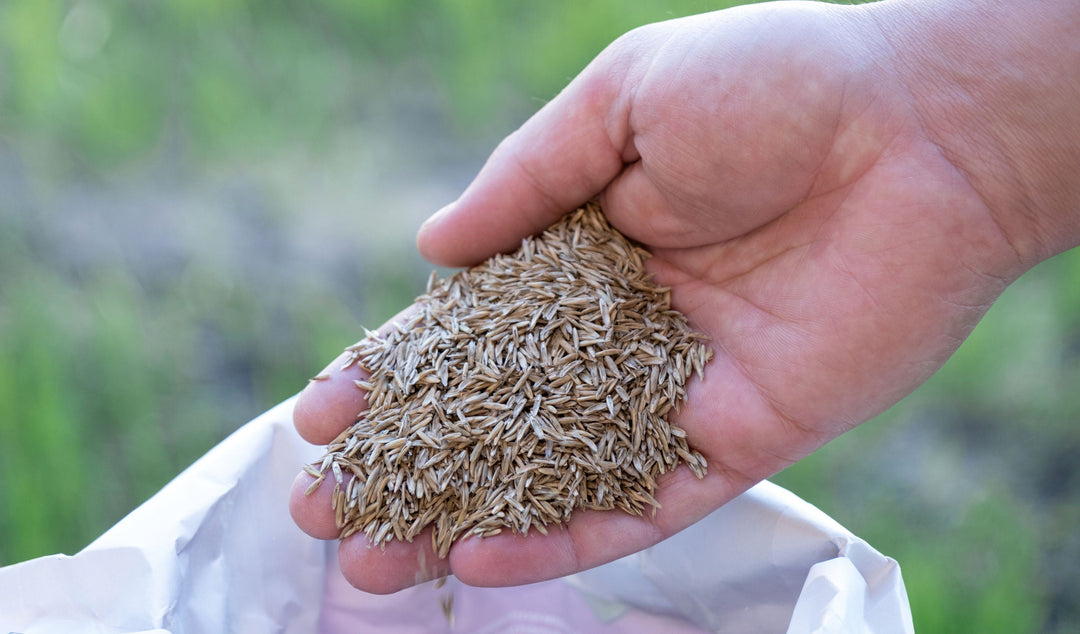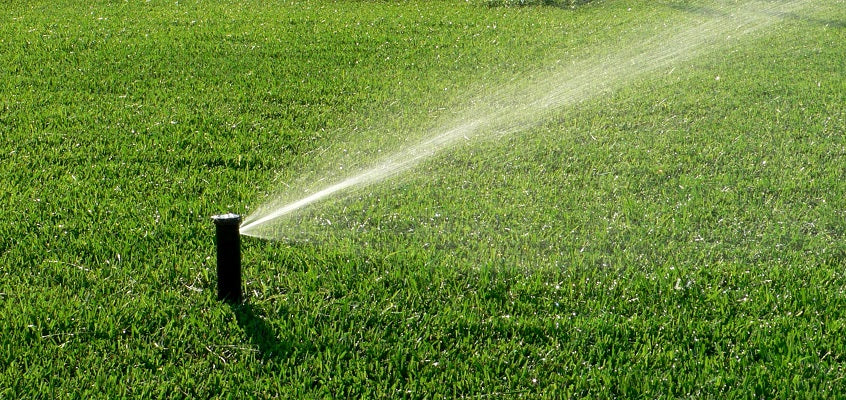Is It Too Late to Seed in October?
October can be a tricky month for lawn seeding. Depending on where you live, it might be the perfect time to plant new grass, or it might be too late for the seed to take root before winter. The key factor? Your location and local temperatures.
Northern Lawns: The Fall Rush Is Closing
In northern states—think the Midwest, Northeast, and upper Plains—October usually marks the tail end of the seeding window for cool-season grasses like Kentucky bluegrass, fescue, and perennial ryegrass.
Ideal seeding window: Late August through mid-September.
By October, soil temperatures begin to drop below the optimal 50–65°F range needed for quick germination. Grass seed may still sprout, but the young seedlings often don’t have enough time to establish strong roots before the first hard frost or snowfall.
If you missed the fall window:
You have two options:
-
Dormant Seeding (Late Fall): Wait until soil temperatures consistently drop below 50°F and seed anyway. The seed will lie dormant through winter and germinate early in spring when soil warms up. This is less effective since there is a chance your seed will be washed or blown away over the winter.
-
Wait Until Spring: Early spring is your next best chance.
Pro Tip: If you recently seeded and temperatures drop, keep watering lightly on warmer days to protect young seedlings. A starter fertilizer can also help strengthen roots before winter sets in.
Southern Lawns: October Is Prime Time
In the southern U.S.—especially in warm regions like the Southeast, Texas, and the lower Southwest—October can actually be one of the best times to overseed, depending on your grass type.
Most southern lawns are made up of warm-season grasses like Bermuda, Zoysia, or St. Augustine. These grasses go dormant in cooler weather, so homeowners often overseed with a cool-season variety (like perennial ryegrass) to keep their lawns green through winter.
Ideal overseeding window: Late September through early November.
In these areas, soil and air temperatures in October are perfect for germination, and you’ll get a lush, green winter lawn that fades naturally when your warm-season grass wakes back up in spring.
Pro Tip: If you’re overseeding a Bermuda lawn, mow it short (around ½–¾ inch) and lightly dethatch before spreading seed to help the new grass establish quickly.
The Bottom Line
-
Northern states: Early October is borderline—seed may germinate, but late planting risks winter damage. Consider seeding in the following spring instead.
-
Southern states: October is ideal for overseeding with cool-season grasses to maintain color through winter.
If you’re unsure, check your local soil temperature. When it’s consistently below 50°F, it’s too late for fall seeding—but not too late to plan for spring.


